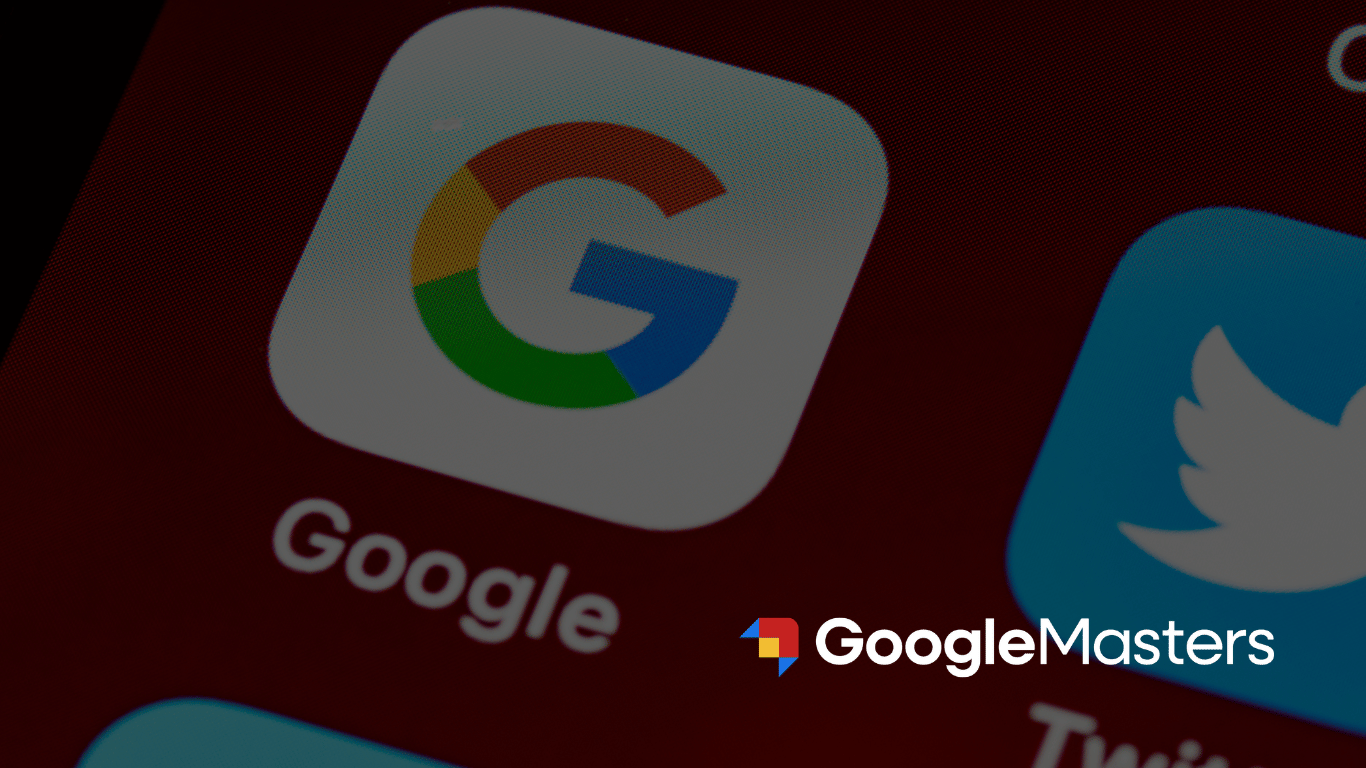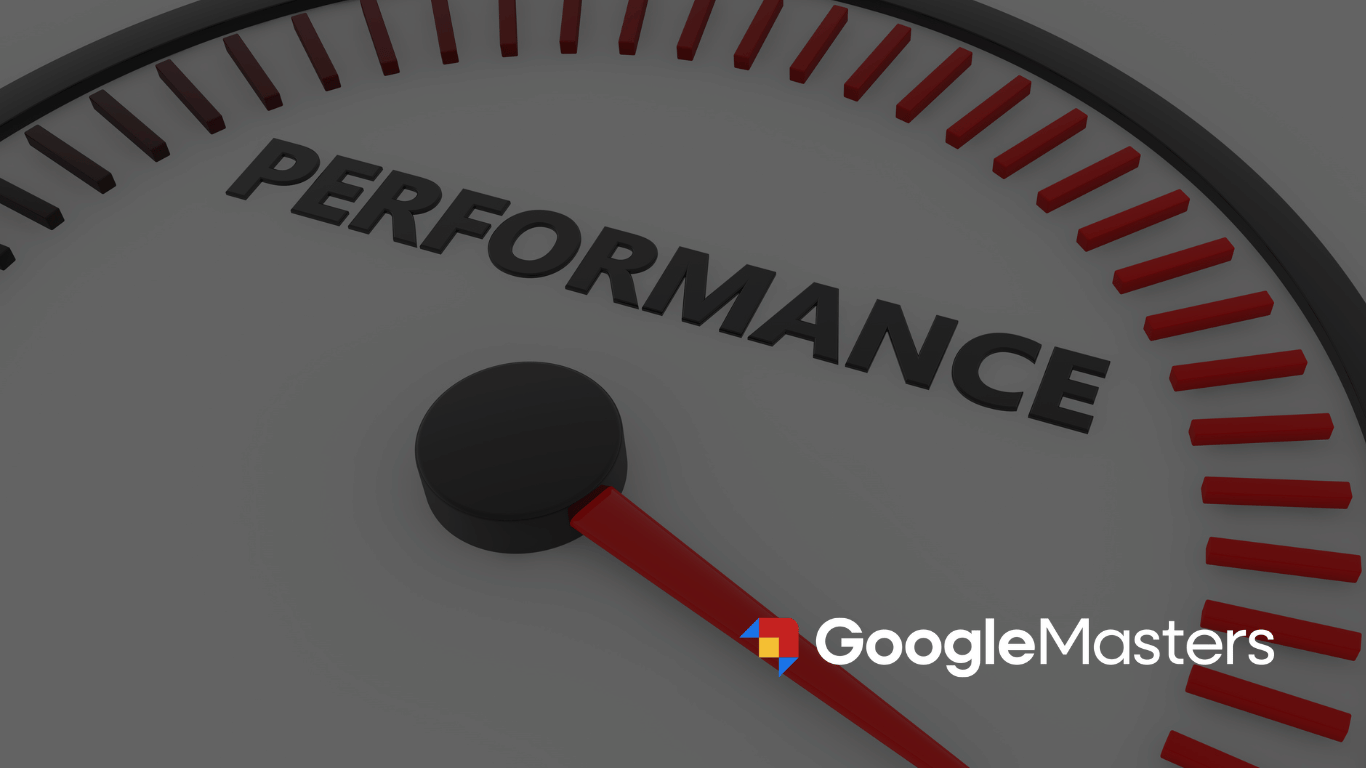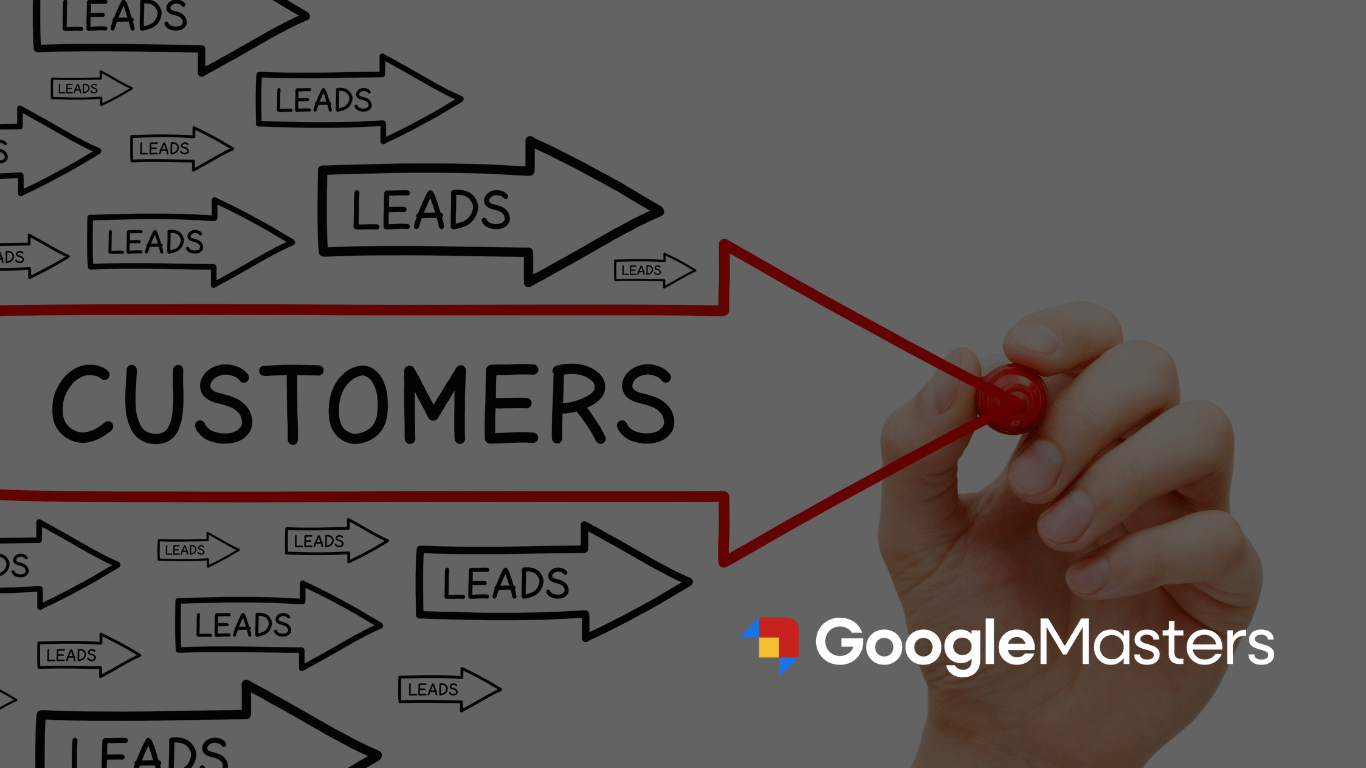For small businesses, reaching potential customers and building visibility can be challenging, especially when competing against larger, well-established companies. Many small business owners see organic SEO as the ultimate marketing strategy, thanks to its reputation for being cost-effective and providing long-term results. But what if your business is struggling to rank organically? For small businesses that can’t crack the first page of search results, Google Ads can be a powerful, even superior, alternative to organic SEO. Here’s why Google Ads might be a better option, especially if your resources are limited.
1. Instant Visibility vs. Waiting for Results
One of the biggest advantages of Google Ads is the immediacy of results. With organic SEO, you could be waiting months to see significant movement in your rankings, if it happens at all. Google’s organic algorithm considers hundreds of factors, including website authority, quality backlinks, and user engagement, and favors sites with a solid history. For small businesses that are just starting, it’s often an uphill battle to compete against websites that have invested years in building their SEO authority.
Google Ads, on the other hand, provides almost immediate visibility. With the right ad campaign, your business can appear on the first page of search results within hours, bypassing the complex and lengthy SEO process. For businesses with a limited window to attract customers — think seasonal or highly competitive industries — this instant visibility can be a game-changer.
2. Precise Targeting Options
One area where Google Ads has a clear advantage over SEO is in targeting precision. With organic SEO, you’re at the mercy of Google’s algorithm and your site’s keyword relevance. Even if your page ranks for certain keywords, you can’t control exactly who will see it.
Google Ads offers a range of targeting options that allow you to tailor your ads to reach the right people. You can target based on:
- Keywords: Target specific keywords with your ads to appear for searches relevant to your business.
- Location: Limit your ad display to users in a particular geographic area. For small businesses, location targeting is often critical.
- Demographics: Reach certain age groups, genders, or parental statuses that align with your ideal customer profile.
- Interests and Behaviors: Show ads to people who have shown interest in your industry or visited similar websites.
With these tools, small businesses can maximize their ad spend by only showing ads to people likely to convert, ensuring that every dollar spent is reaching potential customers.
3. Higher Click-Through Rates and Visibility
Google Ads are placed above organic results on the search engine results page (SERP), giving them prime real estate and a greater chance of being clicked. While some people are naturally inclined to scroll down to organic results, many users simply click the top result that seems most relevant. By using Google Ads, you position your business at the very top of the SERP, boosting your visibility and likely attracting more clicks than an organic result further down.
In competitive industries, Google Ads can yield a higher click-through rate (CTR) than SEO, especially for local businesses that don’t have the domain authority or extensive resources to compete with national brands. Studies have shown that users searching for high-intent, service-based terms are more likely to click on ads, meaning Google Ads can help you reach customers ready to make a purchasing decision.
4. Control Over Messaging and Creative Content
Organic SEO restricts your content to the confines of your website pages and meta descriptions, which means you have limited control over what potential customers see in the SERPs. Google Ads, however, gives you creative freedom with ad copy, allowing you to craft compelling messages and offers that can attract attention.
In your ads, you can:
- Highlight unique selling points: Emphasize what makes your business stand out from competitors.
- Include promotions and calls-to-action: Advertise special deals, discounts, or limited-time offers directly in the ad.
- Add extensions: Use ad extensions to include additional information like your phone number, location, or links to specific pages on your website.
This level of control can significantly impact click-through rates and conversions, as it allows you to directly address potential customers’ needs and drive them to take action.
5. Cost-Effective for Highly Targeted Campaigns
A common misconception is that Google Ads are too expensive for small businesses, but with careful planning, ads can be budget-friendly. Since Google Ads operates on a pay-per-click (PPC) model, you only pay when someone actually clicks on your ad. You can set daily budgets to control spending and adjust bids based on keyword performance, giving you full control over your costs.
For small businesses in niche markets or local areas, Google Ads can be particularly cost-effective. Local keywords often have lower competition, which means lower cost-per-click (CPC) rates. This allows small businesses to bid on high-intent keywords that drive quality traffic without spending a fortune. Additionally, by using negative keywords, you can refine your audience and reduce costs by preventing your ads from showing up for irrelevant searches.
6. Measurable and Flexible Results
One of the biggest advantages of Google Ads over organic SEO is the ability to track and measure results in real time. With Google Ads, you can see exactly how many clicks, impressions, and conversions each ad generates, along with the cost of each action. This level of transparency allows small business owners to make data-driven decisions and optimize campaigns as they go.
SEO, in contrast, is often harder to measure directly. Traffic from organic searches can be influenced by a wide variety of factors beyond your control, from algorithm updates to competitor strategies. Additionally, SEO performance metrics can be more difficult to tie directly to revenue, making it harder to prove return on investment.
The flexibility of Google Ads also allows you to pause, adjust, or start new campaigns as needed. If you’re not seeing the desired results, you can make changes immediately, unlike SEO, where even minor adjustments might take months to show an effect.
7. Maximizing Seasonal and Time-Sensitive Campaigns
For small businesses, seasonality can be a significant factor in driving revenue. Google Ads gives you the flexibility to run seasonal campaigns that align with demand spikes. For instance, if you’re a local bakery, you might want to run ads promoting holiday treats around Christmas or Thanksgiving. If you’re an HVAC repair service, you could advertise during the summer or winter months when people are more likely to need urgent services.
With organic SEO, seasonal spikes are harder to capitalize on because ranking changes don’t happen instantly. SEO is more suited for long-term, sustained traffic, whereas Google Ads can help you respond to immediate market trends and customer needs.
Final Thoughts: A Balanced Approach Can Yield the Best Results
While organic SEO provides long-term value, Google Ads can offer immediate benefits for small businesses struggling to rank. If your business can’t afford to wait for months or years to see results from SEO, Google Ads might be a more effective solution to attract leads and increase conversions now.
A balanced approach is often the most effective strategy. While investing in SEO can improve your business’s long-term visibility, running Google Ads concurrently can drive traffic, test keyword performance, and build brand awareness while your SEO strategy matures. In a digital landscape where competition is fierce and search engines are constantly evolving, the flexibility and control offered by Google Ads make it an invaluable tool for small businesses aiming to compete and grow.






